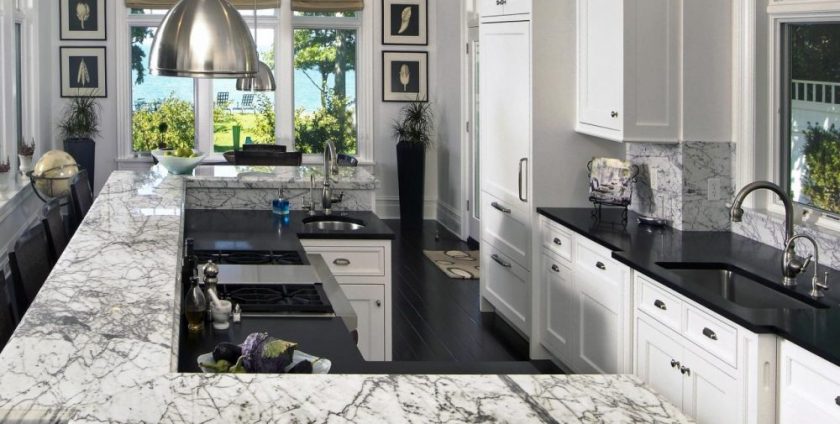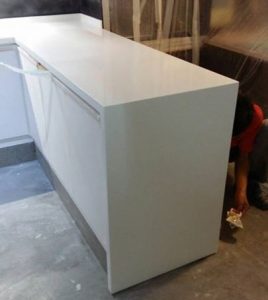
- By: Stone Amperor
- Tags: 2 Cm Countertop Thickness, 3 Cm Countertop Thickness, Acrylic Countertop Thickness, Arborite Countertop Thickness, Average Countertop Thickness, Bar Countertop Thickness, Bathroom Countertop Thickness, Bathroom Vanity Countertop Thickness, Butcher Block Countertop Thickness, Caesarstone Countertop Thickness, Cambria Countertop Thickness, Carrara Marble Countertop Thickness, Common Countertop Thickness, Concrete Countertop Thickness, Concrete Countertop Thickness Forum, Copper Countertop Thickness, Corian Kitchen Countertop Thickness, Countertop Thickness Corian, Countertop Thickness Granite, Countertop Thickness Laminate, Countertop Thickness Marble, Countertop Thickness Quartz, Countertop Thickness Standard, Countertop Thickness Trends, Countertop Thickness Wood, Cultured Marble Countertop Thickness, Dekton Countertop Thickness, dekton thickness, Dupont Corian Countertop Thickness, Dupont Zodiaq Countertop Thickness, engineered kitchen top, Epoxy Countertop Thickness, Epoxy Resin Countertop Thickness, Formica Countertop Thickness, Formica Laminate Countertop Thickness, Geos Countertop Thickness, Gfrc Countertop Thickness, Glass Countertop Thickness, Granite Countertop Thickness Home Depot, Granite Countertop Thickness Kitchen, Granite Countertop Thickness Options, Hanstone Quartz Countertop Thickness, Hi Macs Countertop Thickness, Ikea Countertop Thickness, Ikea Laminate Countertop Thickness, Ikea Quartz Countertop Thickness, Island Countertop Thickness, Kitchen Countertop Thickness, Kitchen Countertop Thickness Granite, Kitchen Countertop Thickness Quartz, kitchen design, Kitchen Island Countertop Thickness, kitchen replacement, Lowes Granite Countertop Thickness, luxury kitchen design, luxury kitchen tops, man-made kitchen top, marble quartz countertops, Mdf Countertop Thickness, Menards Laminate Countertop Thickness, Modern Countertop Thickness, Modern Kitchen Countertop Thickness, natural kitchen top, Normal Countertop Thickness, Outdoor Granite Countertop Thickness, Outdoor Kitchen Countertop Thickness, Plastic Laminate Countertop Thickness, Plywood Countertop Thickness, Quartz Countertop Thickness Ikea, Quartz Countertop Thickness Options, Quartz Kitchen Countertop Thickness, Quartzite Countertop Thickness, Quikrete Countertop Thickness, Sensa Granite Countertop Thickness, Silestone Countertop Thickness, Silestone Quartz Countertop Thickness, Slate Countertop Thickness, Soapstone Countertop Thickness, Solid Countertop Thickness, Solid Surface Countertop Thickness, solid top, Stainless Countertop Thickness, Standard Countertop Thickness Laminate, Standard Formica Countertop Thickness, Standard Quartz Countertop Thickness, Standard Silestone Countertop Thickness, Standard Wood Countertop Thickness, Staron Countertop Thickness, Swanstone Countertop Thickness, Tile Countertop Thickness, Typical Countertop Thickness, Vanity Countertop Thickness, Waterfall Countertop Thickness, Wilsonart Countertop Thickness, Wilsonart Laminate Countertop Thickness, Zinc Countertop Thickness, Zodiaq Countertop Thickness, Zodiaq Quartz Countertop Thickness
- Category: blog
- 0 comment

Stone suppliers in Singapore carry a wide range of kitchen tops. From natural stone like granite, marble and sandstone to solid surface kitchen tops and engineered quartz stone, each type of stone has its advantages and disadvantages depending on the desired aesthetic tastes and functionality. So how do you choose the right thickness for your countertop?
In previous articles we’ve discussed the physical characteristics of different kitchen countertop stones. Depending on each homeowner’s individual lifestyle and expectations, different types of stone would work best. Today, we’ll take a look at the different thicknesses of countertops in production, their advantages and disadvantages.
[Related Articles: 4 Vanity Tops that say 2018 ]
10-13mm, or about 1/2 inch countertops.
One of the first questions a stone supplier’ll ask you is the thickness you want. While thicker stones are preferred for their dramatic but minimalist look especially for natural stone or quartz, thin countertops have several advantages that any smart homeowner should consider carefully.
Thinner and lighter.
The biggest advantage that thin, 10-13mm countertops provide is lightness. Gravity does nasty things to a heavy slab that’s hanging off a surface, and trying to fasten it vertically would be a technical impossibility without special support systems in place.
In many applications where the slabs hang freely and unsupported, excessive weight would jeopardize the structural integrity of the piece if special load-bearing or anchoring system is not in place. They are also much easier to work with and handle and do not require eight people just to move a slab from the ground floor up to your place.
Stone Italiana Quartz carries exceptional 13mm quartz kitchen tops in three types of finishes: polished, rock face, and grain.

Thinner Slabs, Such As In The Range Of 10-13 Mm, Are Ideal For Vertical Surfaces Such As The Waterfall Edge Seen Here.
Thinner slabs, such as in the range of 10-13 mm, are ideal for vertical surfaces such as the waterfall edge seen here.
[Related Articles: Choosing the perfect kitchen top in Singapore ]
Floating Counters, Waterfall Edges and more.
Thin countertops are a lot lighter than thick slabs, which makes it possible to build special applications. These include vertical surfaces such as feature walls, fuller backsplashes, and waterfall edges. The sides of a kitchen island is a good example where waterfall edges have a nice touch.
Thin slabs also make it possible to build floating counters that are minimally supported by a foundation. Thin and light countertop slabs are also easier to cut and shape, which lends them suitability for integration work such as installing a kitchen sink.
If necessary, thin slabs can be laminated around a lightweight core material such as wood. This makes the countertop thicker without adding too much weight.
13mm to 20mm Quartz Countertops from Italy – Best Stone Suppliers in Singapore.
Thicker, 20-30 mm countertop thicknesses are best suited for the kitchen, which sees a lot of traffic and activity.
More kitchen top edge profiling options.
In addition, the extra material provided by thicker countertops gives homeowners more options for kitchen top edge profiling and fashions. You cannot cut deep curves into thin laminated countertops without biting into the laminated core.
Edge profiles aren’t just for aesthetic purposes. For safety reasons, many interior designers and homeowners opt for the bullnose edge profile, which is not something you want to accidentally hit.
Related Articles:
1) 5 Reasons Why a Solid Surface Countertop Makes for a Fuss-Free Kitchen Experience.
2) Pros and Cons of Quartz Countertops – All You Need to Know.
3) 10 KITCHEN TIPS AND TRICKS TO MAKE YOUR LIFE 10 X EASIER
4) Daily Kitchen Cleaning Routine – by Clean My Space
SIGN UP FOR KITCHEN DESIGN IDEAS:
Join over 5,000 homeowners subscribed to our newsletter!
